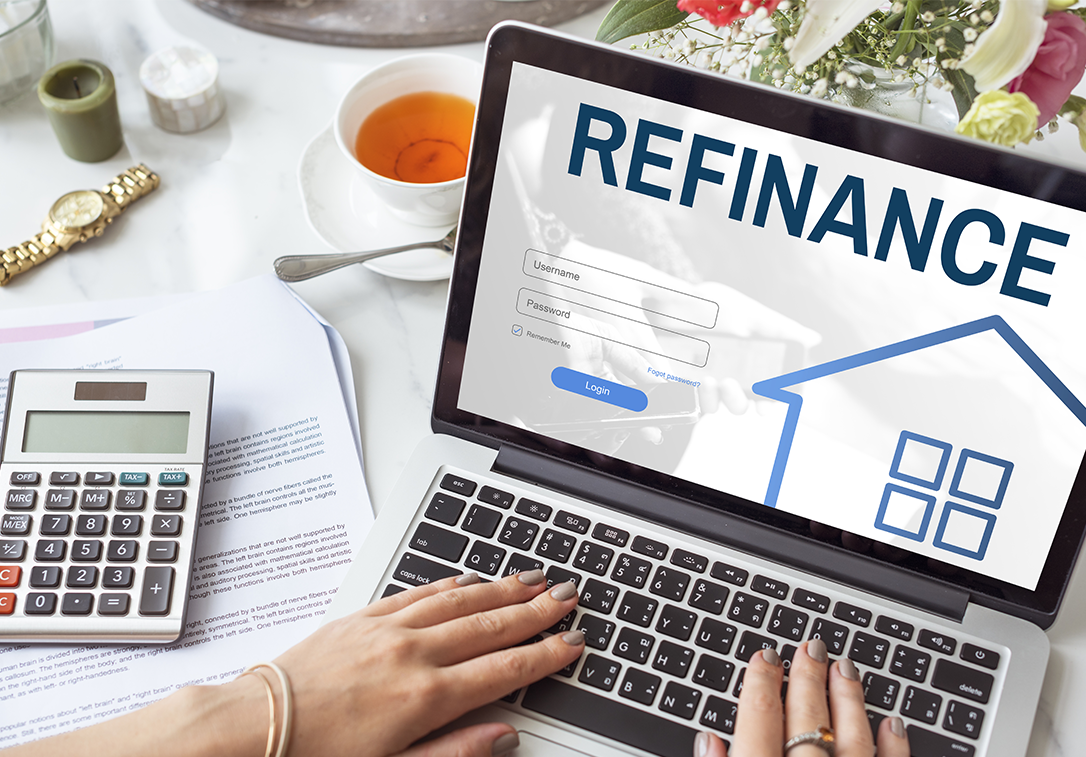
Image Source: Google
Refinancing your home loan can be a smart financial move that could potentially save you thousands of dollars in the long run. With interest rates at historic lows, now may be a great time to consider refinancing your mortgage. In this guide, we will walk you through the steps involved in refinancing your home loan in 2021, so you can make an informed decision.
Why Refinance Your Home Loan?
There are several reasons why you may want to refinance your home loan:
Lower Interest Rates
- One of the main reasons people refinance is to take advantage of lower interest rates. If interest rates have dropped since you took out your original mortgage, refinancing could lower your monthly payments and save you money in the long run. if you need more information about refinance home loans, you may visit FirstPoint Mortgage Brokers.
Change in Financial Situation
- If your financial situation has improved since you first took out your mortgage, you may qualify for better loan terms. Refinancing could help you secure a lower interest rate or shorter loan term.
Consolidate Debt
- Refinancing your home loan could also allow you to consolidate high-interest debt, such as credit card debt, into your mortgage. This could potentially lower your overall monthly payments and save you money on interest.
Steps to Refinancing Your Home Loan
1. Assess Your Financial Situation
- Before refinancing your home loan, take a close look at your current financial situation. Consider your credit score, income, debt-to-income ratio, and the equity you have in your home. This will help you determine if refinancing is the right move for you.
2. Shop Around for Lenders
- Don’t settle for the first offer you receive. Shop around and compare offers from multiple lenders to ensure you’re getting the best deal possible. Look at interest rates, loan terms, and closing costs to make an informed decision.
3. Gather Required Documents
- When refinancing your home loan, you’ll need to provide documentation to the lender. This may include pay stubs, tax returns, bank statements, and information about your current mortgage. Having these documents ready can help streamline the refinancing process.
4. Lock in Your Interest Rate
- Once you’ve chosen a lender and a loan program, consider locking in your interest rate. This can help protect you from potential rate increases while your loan is being processed.
5. Close on Your Refinance
- After your loan is approved, you’ll need to close on your refinance. This typically involves signing the necessary paperwork and paying any closing costs. Once everything is finalized, your new loan will replace your old one.
Considerations Before Refinancing
Cost of Refinancing
- Refinancing your home loan can come with closing costs and fees. Make sure to consider these costs when determining if refinancing is the right choice for you.
Breakeven Point
- Calculate the breakeven point for your refinance. This is the point at which the savings from refinancing outweigh the cost of the refinance. If you plan to stay in your home past the breakeven point, refinancing could be a smart move.
Loan Term
- Consider whether you want to shorten or lengthen your loan term when refinancing. A shorter loan term could save you money on interest in the long run, while a longer loan term could lower your monthly payments.
Conclusion
Refinancing your home loan in 2021 could potentially save you money and improve your financial situation. By following the steps outlined in this guide and considering the key factors before refinancing, you can make an informed decision that best suits your needs. Remember to shop around for lenders, compare offers, and weigh the costs and benefits of refinancing before making a final decision.